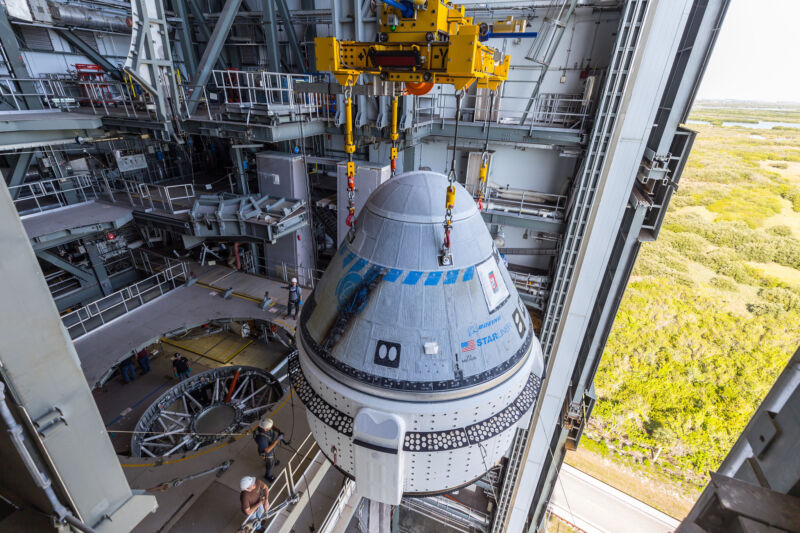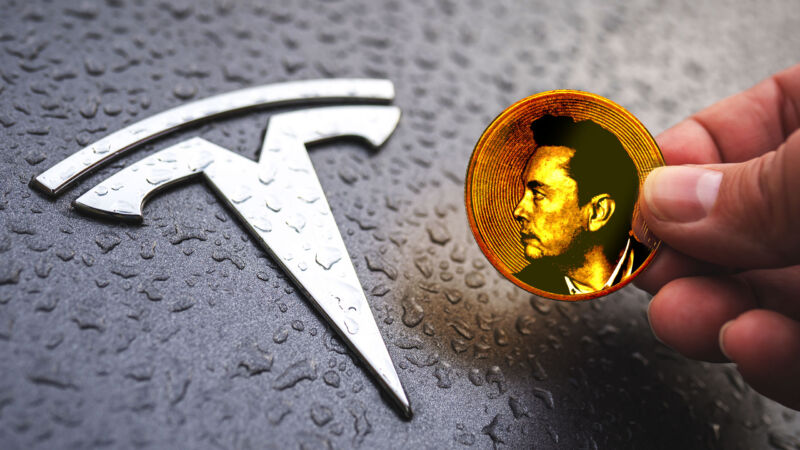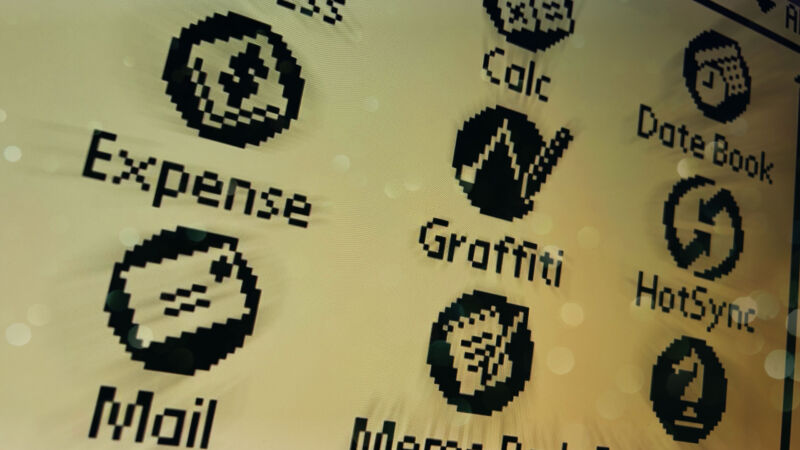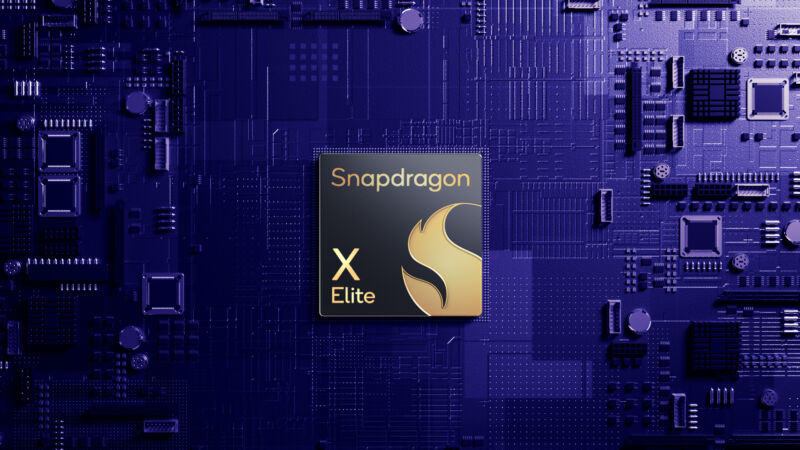-
 chevron_right
chevron_right
Professor sues Meta to allow release of feed-killing tool for Facebook
news.movim.eu / ArsTechnica · Thursday, 9 May - 11:00

Enlarge (credit: themotioncloud/Getty Images)
Ethan Zuckerman wants to release a tool that would allow Facebook users to control what appears in their newsfeeds. His privacy-friendly browser extension, Unfollow Everything 2.0, is designed to essentially give users a switch to turn the newsfeed on and off whenever they want, providing a way to eliminate or curate the feed.

Ethan Zuckerman, a professor at University of Massachusetts Amherst, is suing Meta to release a tool allowing users to "unfollow everything" on Facebook.
The tool is nearly ready to be released, Zuckerman told Ars, but the University of Massachusetts Amherst associate professor is afraid that Facebook owner Meta might threaten legal action if he goes ahead. And his fears appear well-founded. In 2021, Meta sent a cease-and-desist letter to the creator of the original Unfollow Everything, Louis Barclay, leading that developer to shut down his tool after thousands of Facebook users had eagerly downloaded it.
Zuckerman is suing Meta, asking a US district court in California to invalidate Meta's past arguments against developers like Barclay and rule that Meta would have no grounds to sue if he released his tool.









